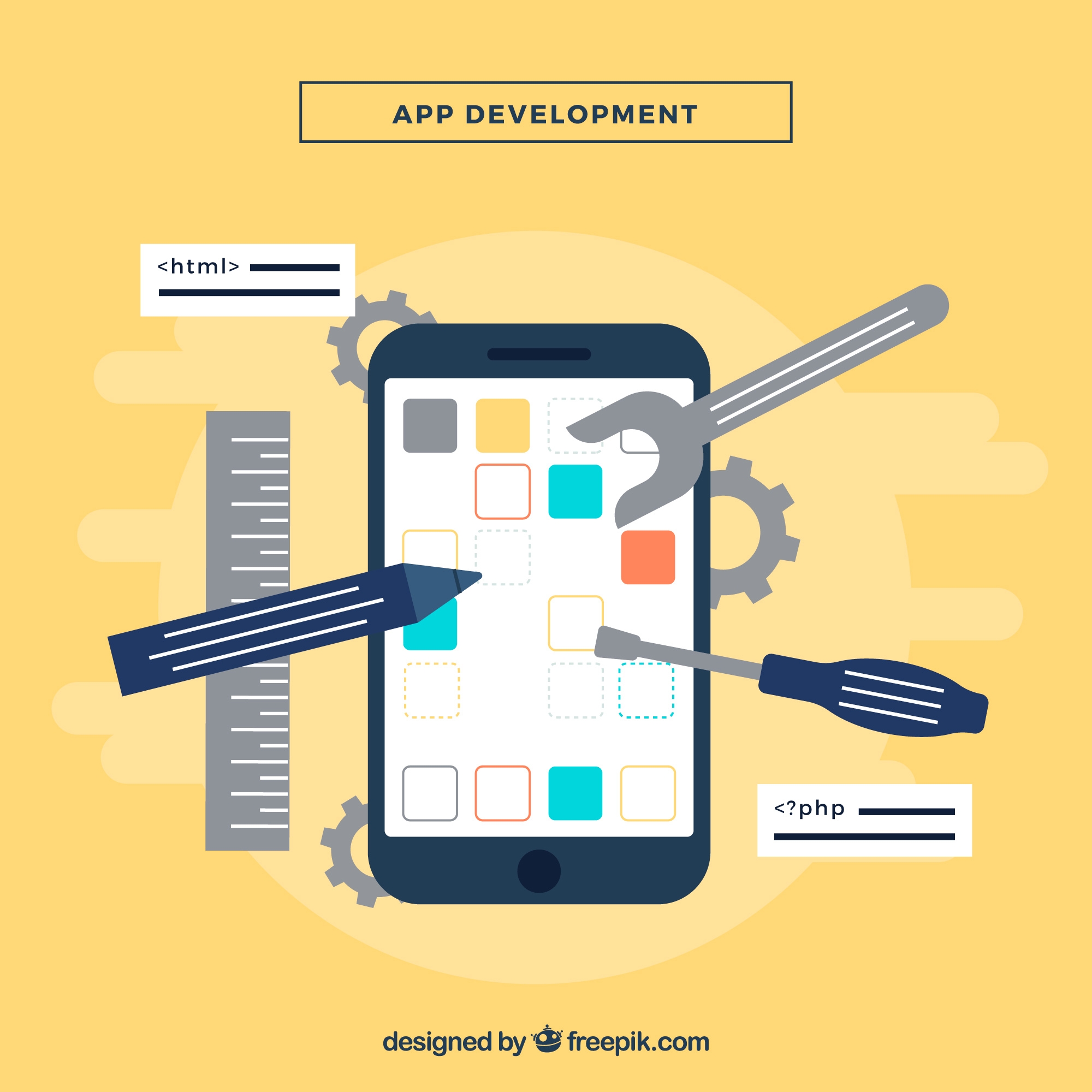What is the Difference Between Low-Code and No-Code App Development?

Introduction
In today's digital world, businesses want to build apps faster—with fewer resources and without needing to write complex code. That’s where low-code and no-code app development come in. These approaches are changing how companies build software, allowing even non-developers to create powerful solutions.
But what’s the actual difference between low-code and no-code? And how do you know which one is right for your needs?
Let’s break it down in this easy-to-understand blog.
1. What Does “Low-Code” Really Mean?
Low-code is a way of building applications with very little manual coding. Developers use visual tools like drag-and-drop components and pre-built templates to speed up the process. While some coding is still involved, it's much less than traditional app development.
This approach is ideal for both developers and tech-savvy business users who want to create apps quickly.
Many companies now rely on low code development services to create business apps without waiting months for IT teams. These services help companies automate workflows, connect systems, and scale faster.
2. Understanding No-Code: Build Without Writing Code
No-code takes it a step further—no coding at all. These platforms are designed for users with zero technical skills. Using simple interfaces, anyone can create forms, dashboards, websites, or apps by just clicking and dragging elements on the screen.
This is perfect for small businesses or departments that need to solve problems quickly without involving a development team.
Unlike low-code, no-code tools don’t allow much customization. But for many everyday needs, they’re more than enough.
3. Low-Code vs No-Code: What’s the Real Difference?
Though low-code and no-code platforms look similar, the difference lies in flexibility and who they’re made for.
- Low-code is more flexible and suits both developers and business users.
- No-code is for non-technical users who want to build simple apps fast.
- Low-code can be used for complex projects with custom needs.
- No-code is mostly used for standard tasks like forms, reports, or dashboards.
Think of it this way: no-code is like cooking from a meal kit, while low-code gives you the option to tweak the recipe if needed.
4. How Do These Platforms Actually Work?
Both platforms offer a visual development interface. Users can drag and drop UI elements, set up data connections, and define workflows using logic instead of code.
Under the hood, these tools generate the code automatically. This means faster development time and fewer errors.
One of the most powerful tools in this space is the Microsoft Power Platform Services. It combines Power Apps, Power Automate, Power BI, and Power Virtual Agents. Businesses use it to build apps, automate tasks, analyze data, and create chatbots—all without needing full-time developers.
5. Real-World Uses: Where Low-Code and No-Code Shine
These platforms are not just for small businesses—they’re used by enterprises too. Here’s where they really shine:
- HR Teams creating onboarding forms or feedback systems.
- Sales Teams building dashboards and CRM tools.
- IT Departments automating ticketing systems or approvals.
- Operations Teams tracking inventory and logistics in real-time.
Thanks to low-code application development, companies can respond faster to changes and improve productivity without waiting for full IT support.
6. 8 Key Advantages of Using Low-Code/No-Code Tools
- Speed: Build apps in days—not months.
- Cost-Effective: Save on development and hiring costs.
- Agility: Quickly adjust to market needs.
- Empowered Teams: Non-technical staff can solve problems themselves.
- Scalability: Start small and expand easily.
- Fewer Errors: Visual tools reduce human mistakes in coding.
- Integration Ready: Connect easily with other business tools.
- Innovation: Encourages experimentation and faster innovation.
7. Ready to Dive In? How to Begin with Low-Code/No-Code Platforms
Getting started is easier than you think:
- Identify a simple problem you want to solve (e.g., tracking leads, automating approvals).
- Choose a platform that fits your needs. Tools like Microsoft Power Apps or no-code tools like Airtable or Zapier are great options.
- Try a small project first, then scale from there.
- Consider working with a consultant or team that provides low code development services to help you get started and avoid common mistakes.
FAQs
1. Can I build complex apps with no-code tools?
Ans: Not usually. No-code tools are best for basic applications. For more complex features, low-code or traditional development is a better choice.
2. Is low-code only for developers?
Ans: No. While it offers more control and customization for developers, business users can also use it to create apps with minimal training.
3. Is Microsoft Power Platform a low-code or no-code tool?
Ans: It supports both. Microsoft Power Platform allows no-code solutions through tools like Power Apps and Power Automate, but also lets developers add custom code when needed.
Conclusion
Low-code and no-code platforms are changing the way we build applications. They offer a faster, smarter, and more cost-effective way to create business tools—without needing deep technical knowledge.
Whether you’re a startup trying to move fast or a large enterprise looking to cut costs, these platforms have something for everyone.
And if you want to take it one step further, working with a trusted Microsoft Dynamics 365 Partner in USA can help you integrate these tools seamlessly into your larger digital strategy.
- Questions and Answers
- Opinion
- Motivational and Inspiring Story
- Technology
- True & Inspiring Quotes
- Live and Let live
- Focus
- Art
- Causes
- Crafts
- Dance
- Drinks
- Film/Movie
- Fitness
- Food
- Spiele
- Gardening
- Health
- Startseite
- Literature
- Music
- Networking
- Andere
- Party
- Religion
- Shopping
- Sports
- Theater
- Wellness
- News
- Culture

